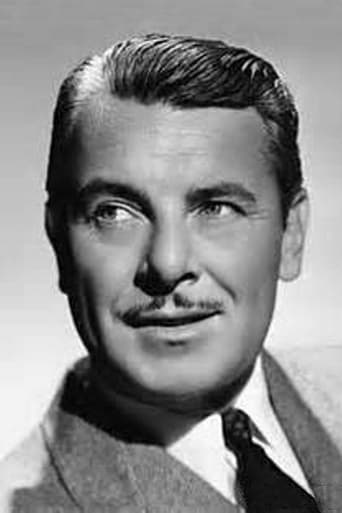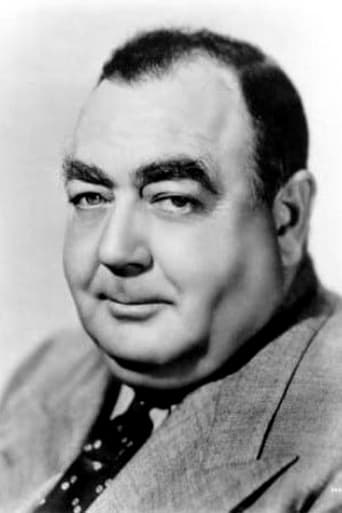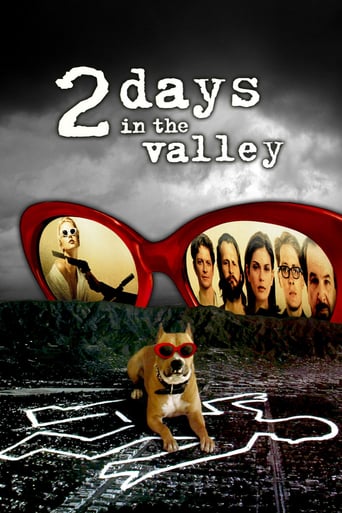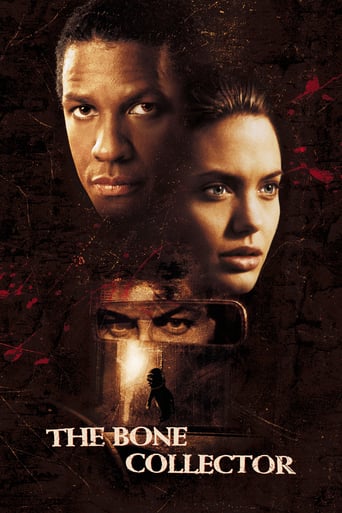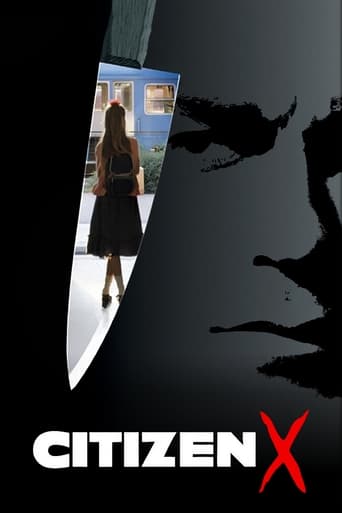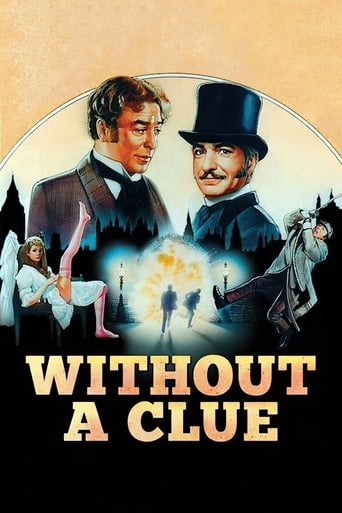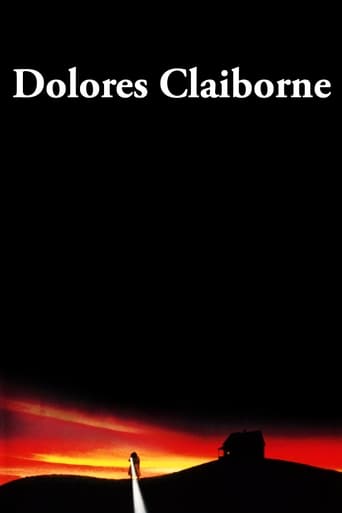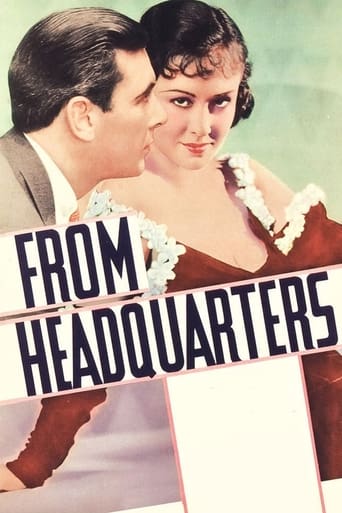
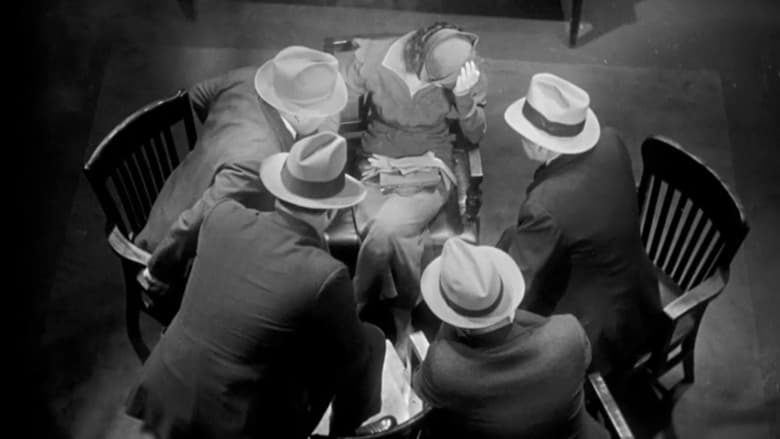
From Headquarters (1933)
When a Broadway playboy is found dead, it's up to detective Jim Stevens to pick the murderer out of several likely candidates.
Watch Trailer
Cast
Similar titles
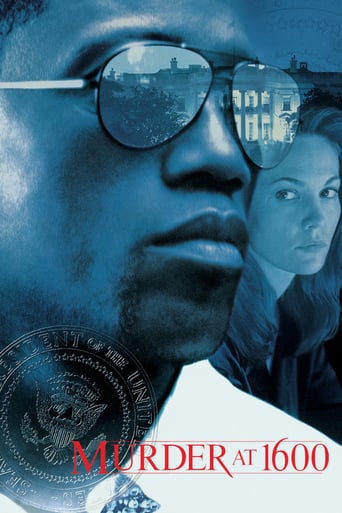

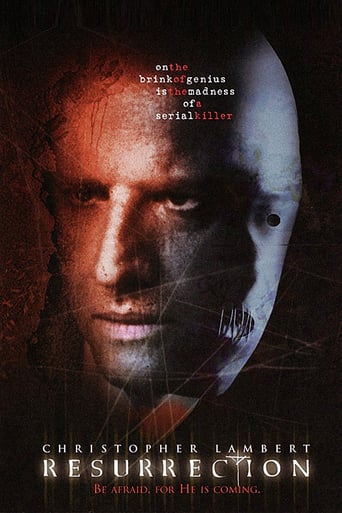
Reviews
Such a frustrating disappointment
I cannot think of one single thing that I would change about this film. The acting is incomparable, the directing deft, and the writing poignantly brilliant.
It was OK. I don't see why everyone loves it so much. It wasn't very smart or deep or well-directed.
It’s fine. It's literally the definition of a fine movie. You’ve seen it before, you know every beat and outcome before the characters even do. Only question is how much escapism you’re looking for.
Copyright 20 November 1933 by Warner Bros Pictures, Inc. New York opening at the Strand: 16 November 1933. U.S. release: 2 December 1933. U.K. release: 12 May 1934. Australian release: 14 March 1934. 7 reels. 63 minutes. SYNOPSIS: Playboy gun collector is found murdered in his New York apartment — shot through the eye with a dueling pistol.NOTES: This film bears no relationship at all to Warner Bros 1929 movie of the same title.VIEWER'S GUIDE: Adults.COMMENT: A engrossing police procedural mystery thriller, well produced in all departments, and featuring as nice a range of suspects as any aficionado of the genre could wish. Led by the wonderful Dorothy Burgess (who, alas, has only the one scene — but with what brilliance she plays it), and Robert Barrat (in his sinister element — and what a perfect accent), our potential heavies include such skilled operators as the lovely Margaret Lindsay (who looks absolutely smashing in her Orry-Kelly evening gown), the oddly-named Theodore Newton (a Donald Woods look-a-like, but twice as personable), the ever-reliable Murray Kinnell (a gentleman's gentleman except for the fact that the killer didn't qualify), and Hobart Cavanaugh (in one of his best of many such little-guy performances) as a hard-pressed, too helpful safe- cracker.The police line-up are no slouches in unforgettable characterizations either. Brent is okay, a little flat, your typical 'tec; Palette makes with the heavy accusations, but he's no dumb- bell; O'Neill seems competent, if unimaginative; best of all, is Edward Ellis, rubbing his hands with glee at every turn of the laboratory screws.On the sidelines we discover fast-talking Ken Murray as a lazy reporter, Frank Darien as a fussed executor and Hugh Herbert as a too pushy bail bondsman. (Whilst it seems at first that Hugh is enacting his usual comic relief idiot, this proves far from the case as the story progresses. In fact, Hugh has a startling dramatic scene which he plays most effectively).I found all the introductory procedural touches absolutely fascinating, though I must admit some people at our Film Index video-showing, thought them all superfluous and kept wondering out loud when the story itself was going to start. I thought the writers and Dieterle handled these sequences most creditably by giving them a lot of humanity and humor rather than opting for a dry, documentary approach. I also much admired Dieterle's inspired use — no doubt he followed the writers' instructions — of a first-person camera during the various flashbacks.
GEORGE BRENT doesn't display much enthusiasm for his role as a police detective who finds that his ex-sweetheart (MARGARET LINDSAY) is the chief suspect in the murder of a wealthy playboy. There are several suspects under police grilling and all of them tell their stories in brisk flashback technique that keeps the plot spinning in all directions so that all options are on the table in guessing "who done it." It's a ploy that doesn't work well here. A more straight-forward approach would have worked better in keeping the plot from getting too cluttered. By the time we reach a conclusion, the viewer is left hoping the story is over once and for all. What does work is showing the behind-the-scenes methods the crime labs perform in solving a case.It's a programmer given what little life it has by a capable cast of Warner supporting players including Ken Murray, Hobart Cavanaugh, Dorothy Burgess, Eugene Palette, Theodore Newton and others and benefits from brisk direction by William Dieterle.Summing up: A more polished script would have helped and George Brent seems too detached on this occasion to make much of his detective role.
FROM HEADQUARTERS (1933) is a very interesting movie about a police investigation into a murder. The action takes place entirely within police headquarters, as cops interview suspects and scientists analyze evidence.The movie is short and sweet (just over one hour long), filled with an entertaining cast of characters (ranging from policemen to news reporters to bail bondsmen), and quite enjoyable. It offers a fascinating look into the cutting-edge forensics of the day (how science was used to solve crimes). The movie shows how fingerprints are obtained and matched up. It mentions blood testing and autopsies. And there's a neat look at ballistic analysis (comparing marks on fired bullets).George Brent, Eugene Palette, and Henry O'Neill play the police investigating a murder case. They parade in a string of the dead man's associates and each offers their piece to the puzzle of what turns out to be a very eventful night for the deceased. Each successive suspect's story is shown in a short point-of-view flashback, picking up where the last witness left off. The "whodunit" aspect is a little convoluted, but as the day goes on, developments in the lab shed new light on the case.Edward Ellis (THE THIN MAN) plays the lead scientist, who relishes each breakthrough in the "lovely murder". It seems like Warner Bros. wanted to show theatergoers some of the cool new forensic strategies and technologies, and even though science has come a long way since 1933, it's still an interesting look back in history.FROM HEADQUARTERS is not a top-shelf murder mystery or police procedural, but it's quick and fun, with some racy pre-Code material, a lighthearted sense of the macabre, and a unique historical value.Directed by William Dieterle (THE STORY OF LOUIS PASTEUR - 1936, THE HUNCHBACK OF NOTRE DAME - 1939) and also featuring Hugh Herbert, Robert Barrat, and the lovely Margaret Lindsay.6+/10
I'm betting that George Brent got the lead in From Headquarters because Pat O'Brien had not arrived at Warner Brothers. O'Brien was cast in the lead in the very similar Bureau of Missing Persons and he fit the part of a detective so much better.Still and all Brent does all right with the part as one of two detectives assigned to the murder of a well known man about town. Only this particular man was seeing Brent's former flame Margaret Lindsay and she's a suspect.Brent and Lindsay get good support from Eugene Palette who is carrying over his Sergeant Heath character from Philo Vance and Henry O'Neill as the chief inspector.Two characterizations that should be noted are Robert Barrat as a rather sophisticated, but inpatient suspect who does in his own alibi and Hobart Cavanaugh as a safecracker who really manages to get himself murdered at police headquarters.One guy I don't think belonged was Hugh Herbert who brought his 'woo woo' act into a serious film as a wacky bail bondsman. I guess someone at Warner Brothers thought he'd be good comic relief, but not here. Also Dorothy Burgess as another murder suspect was way over the top.Look fast and you'll see Frank McHugh right at the beginning of the film as one of a group of prisoners being brought into the station in a paddy wagon. He gets a line to speak and his voice is unmistakable.From Headquarters is a not bad B picture that played well on a double bill with their more well known gangster stars.
